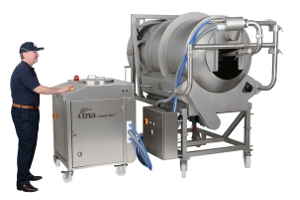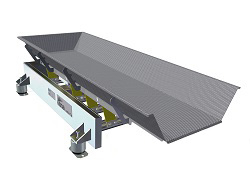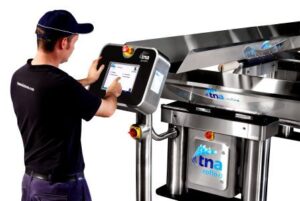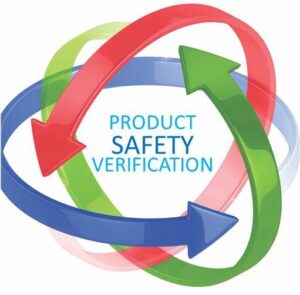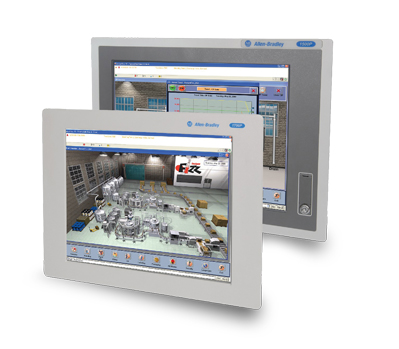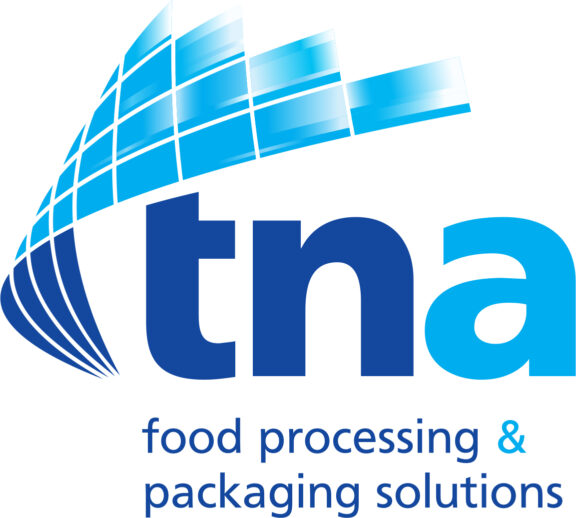A virtual view of your food plant’s future
Extended Reality | 3 mins read
December 2, 2024
How extended reality technology is driving food manufacturers into Industry 5.0
Author: Natasha Avelange, Global Extended Reality Manager, TNA Solutions
Productivity, throughput and uptime are crucial for food manufacturers. With increasing market demands impacting processing speeds and economic pressures squeezing profit margins, maintaining swift and efficient production is invaluable. Natasha Avelange, Global Extended Reality Manager at TNA Solutions, explains how extended reality (XR) technology is enabling food manufacturers to take the next big step towards cost- and time-effective production.
Despite being an industry reliant on efficiency and speed, food manufacturing is often perceived as cautious when adopting new automation technologies. The Association for Advancing Automation (A3) has even described the food production sector as “the last frontier to automation” due to its relatively slow uptake of robotic solutions.
However, that’s not to say the food industry is not automating. According to the CRB Group’s Horizons: Digital Age of Food Manufacturing report, 48 percent of capital expenditure across the sector is focused on automation projects, with 70 percent of respondents citing productivity as the primary benefit. This aligns with the Food and Drink Federation’s analysis in its Q2 2024 State of Industry survey, which emphasised the need for investment and innovation to foster sustainable growth after challenging years.
One reason for the historical hesitance towards automation in food manufacturing is the planned downtime associated with these projects. Integrating new automated packaging systems or robotic units into an existing production line often requires temporary shutdowns for installation and testing. In an industry built on maximising throughput, this presents a significant barrier to adoption.
To advance the industry, manufacturers need ways to minimise downtime and risk during the integration of new equipment and systems. This has driven the increasing adoption of XR technologies that allow food manufacturers to better plan equipment integration projects and mitigate potential issues before physical installation, thereby reducing downtime.
The foundations of industrial XR experiences are accurate simulations of the installation environment. For brownfield sites, this involves creating a digital twin that replicates existing equipment and utilities to anticipate spatial conflicts or disruptions.
Human-centric digital transformation
There are additional ways to streamline project planning, validation, and integration. One of the most time-consuming aspects of installation projects is gathering feedback from stakeholders and resolving issues during the process. Until now, this collaborative element has not been fully addressed by spatial planning technologies.
TNA Solutions developed its tna intelli-assist XR solution to help food manufacturers worldwide enhance the efficiency and success of their installation projects. The solution leverages XR and simulation technology to create digital twins and bring together multiple stakeholders, from anywhere in the world, to collaborate within the virtual environment.
To further enhance the process, multiple team members and stakeholders can use virtual reality (VR) headsets to seamlessly join the plant simulation, meet, preview the project, and directly interact with the digital twin. This approach improves the efficiency of troubleshooting, design validation, and stakeholder buy-in, ultimately shortening the length and cost of installation projects.
Incorporating the human element of installation projects into the digital realm allows food manufacturers to begin embracing “Industry 5.0,” which emphasises the synergy between human creativity, advanced automation and digital technologies.
As many food manufacturers continue to recover from recent disruptions, new equipment and automation technologies that enhance throughput, efficiency, and production flexibility are essential. Integrating these innovations should not be a hindrance. XR technology is the perfect tool for collaboration, helping companies make well-informed strides towards enhanced production.
To schedule a call with the TNA XR expert, please visit the TNA Solutions website.















